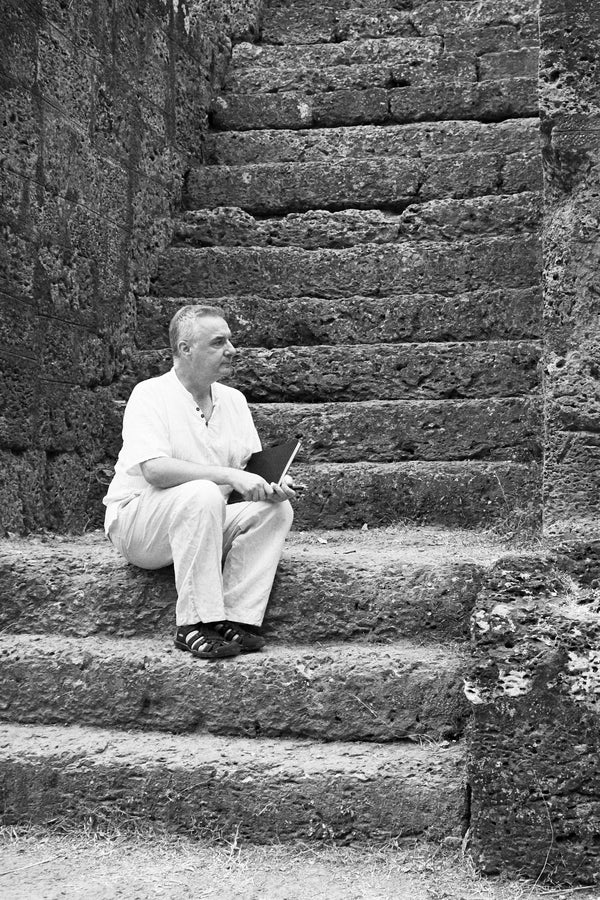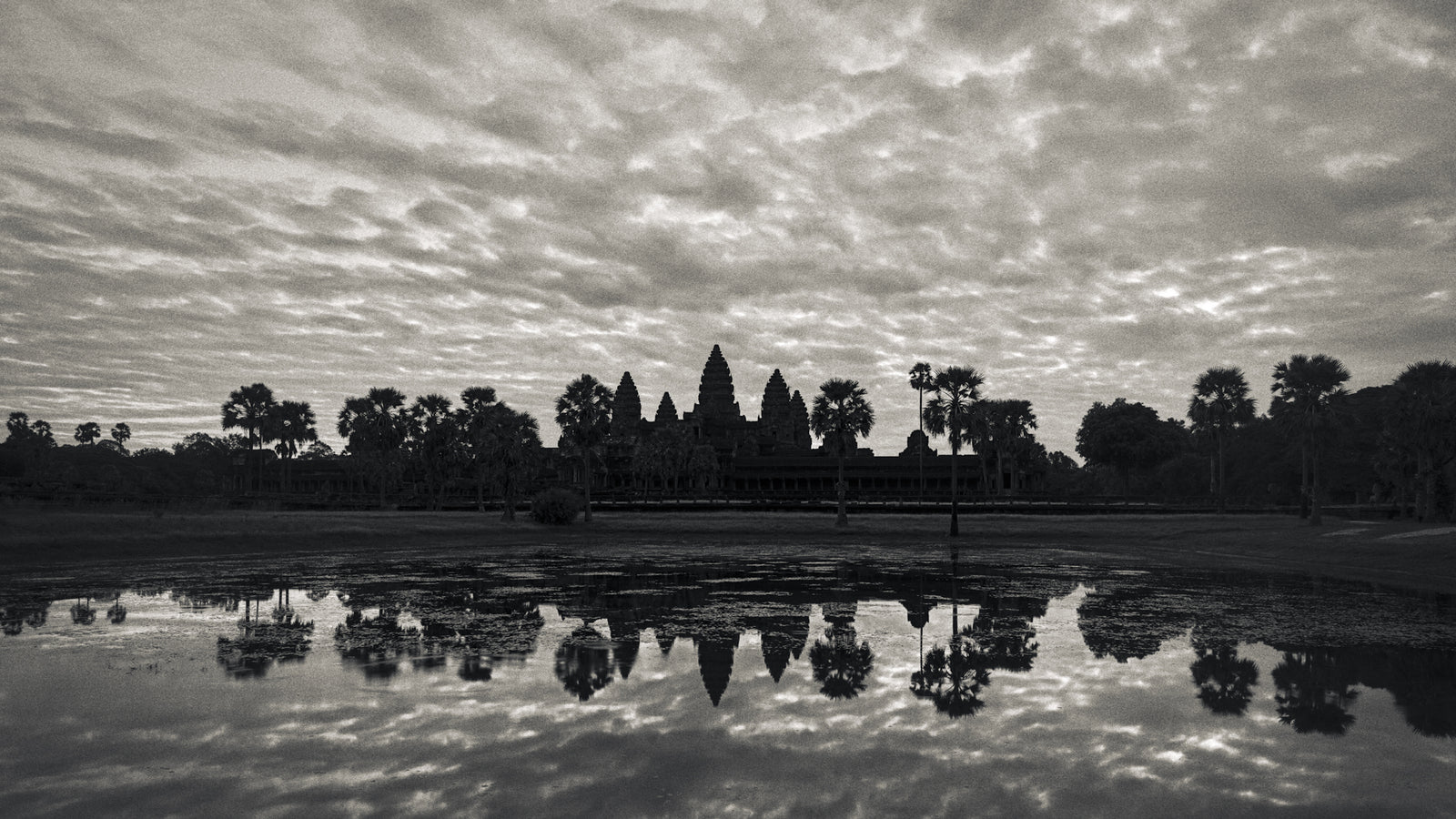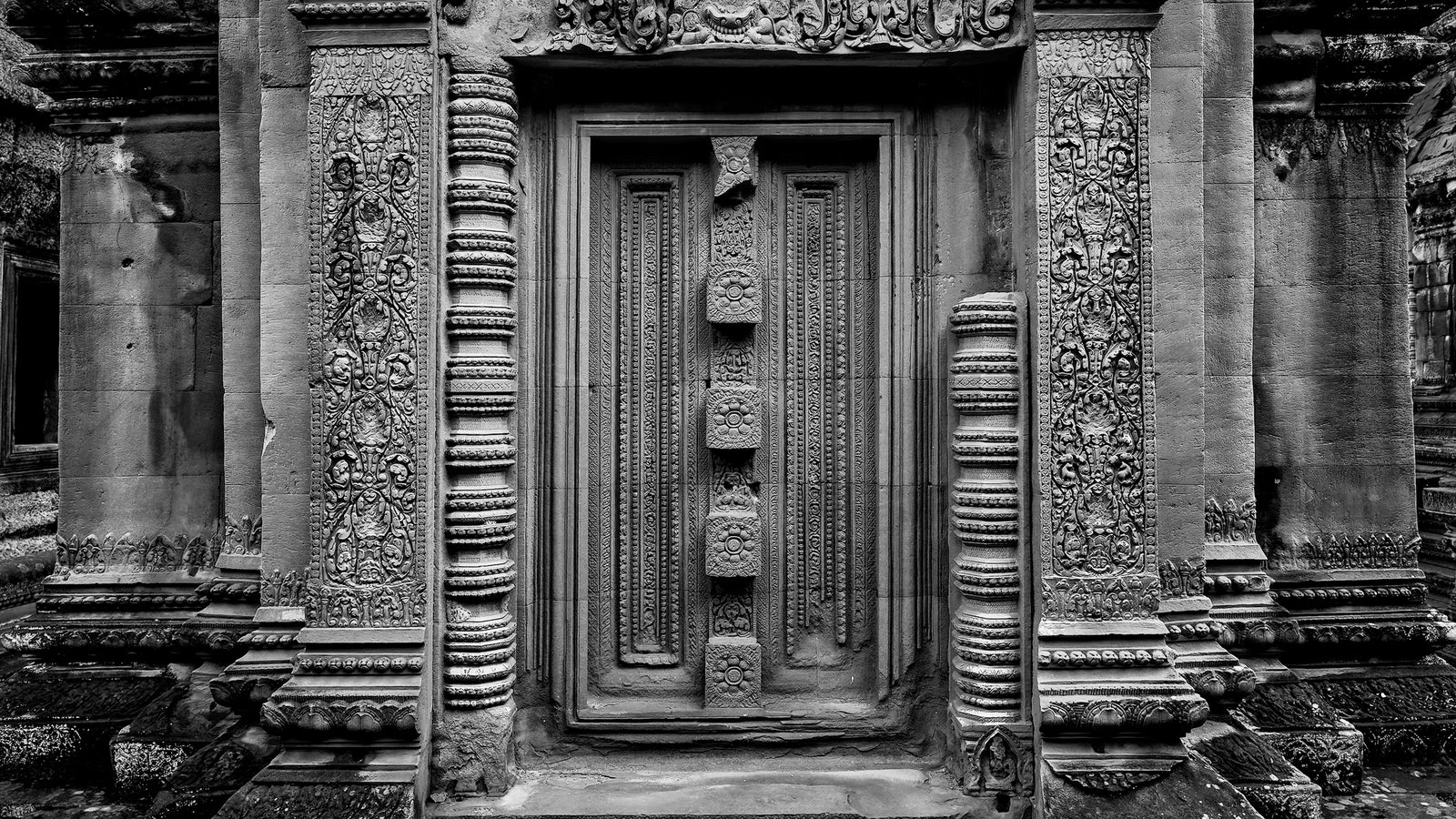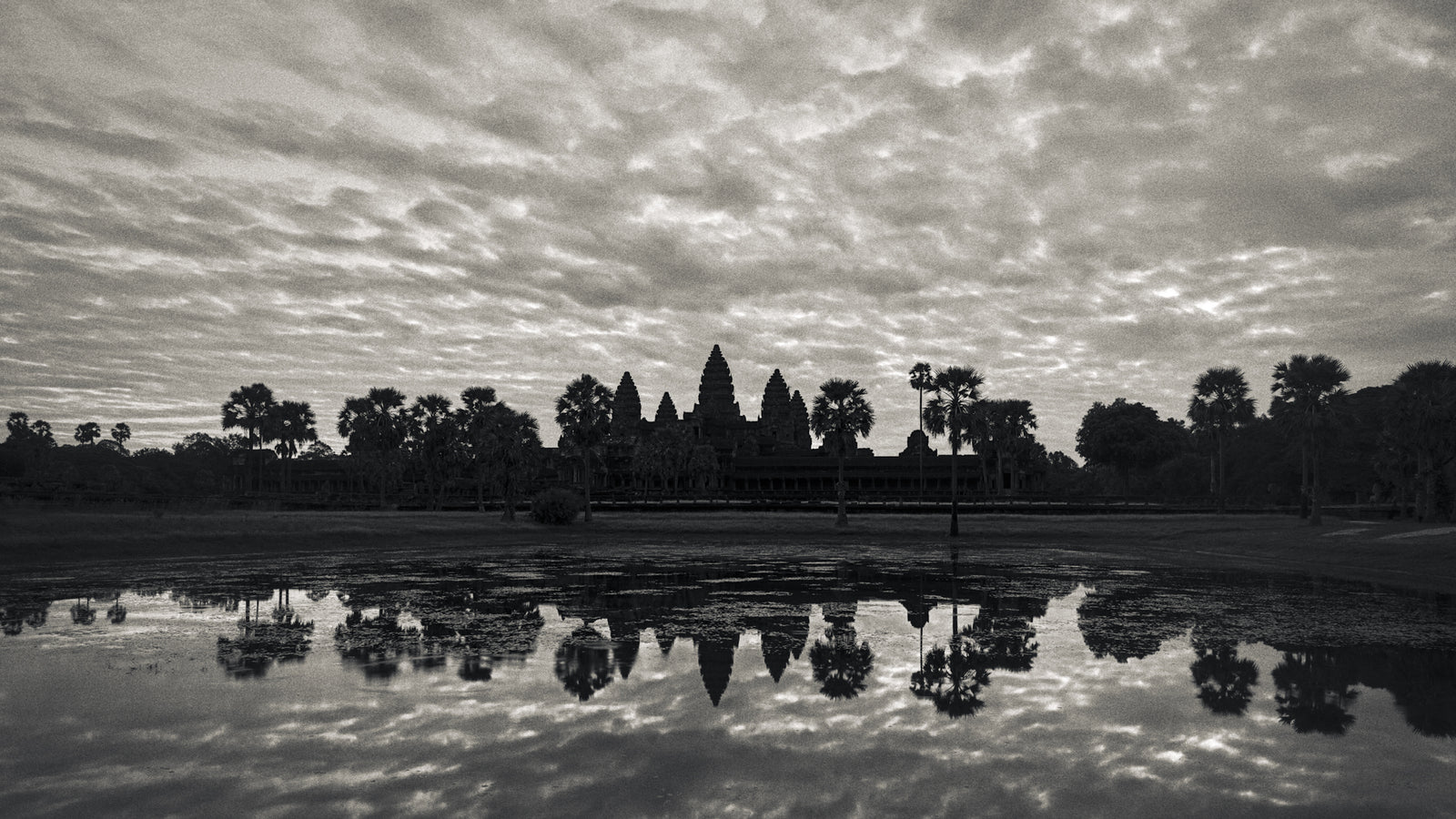Complimentary worldwide shipping on orders over $400 · No import tariffs for most countries
Complimentary worldwide shipping on orders over $400 · No import tariffs for most countries
Jayatataka
1 min read
| Date: | Late 12th century CE |
| King: | Jayavarman VII (reign 1181 – 1220 CE) |
| Cult: | Mahayana Buddhist |
Jayatataka is the baray ('tataka' means reservoir) to the east of Preah Khan Temple, built at around the same time. It was built to help provide a reliable water supply to Jayavarman VII's growing capital city, nearby Angkor Thom.
Jayatataka symbolises the mythical lake Anavatapta whose waters could cure illnesses – a lake located at the centre of the world, somewhere in the Himalayas, feeding the four sacred rivers: the Indus, the Oxus, the Tarim and the Ganges. The four rivers fertilise the territories populated by, respectively, lions, bulls, horses and elephants.
At the centre of Jayatataka, Jayavarman VII built the beautiful island-temple Neak Poan Temple, the waters and magical herbs of which were said to heal the faithful.
The Ta Prohm Temple and Preah Khan Temple steles glorify the military exploits of Jayavarman VII, whose powers "equalled or even surpassed those of the gods". They tell us that, upon defeating the Chams:
‘... in that place, which received the blood of the enemy in a battle where he emerged the victor, he founded a city named Jayacri... which still shines today as if it was covered with blood...’.
Jayacri corresponds to the site of Preah Khan Temple, the temple-city consecrated by Jayavarman VII ten years after his accession to the throne. The inscriptions go on to tell us that in Jayacri:
‘... this king has placed the Jayatataka as a mirror of fortune... which shines like a reminder of the pool of blood shed by the Bhargava (the Cham king)’.
Map of Jayatataka
Also in Angkorpedia
Join My Studio Journal
Receive occasional letters from my studio in Siem Reap—offering a glimpse into my creative process, early access to new fine art prints, field notes from the temples of Angkor, exhibition announcements, and reflections on beauty, impermanence, and the spirit of place.
No noise. No clutter. Just quiet inspiration, delivered gently.
Subscribe and stay connected to the unfolding story.

Join My Studio Journal
Receive occasional letters from my studio in Siem Reap—offering a glimpse into my creative process, early access to new fine art prints, field notes from the temples of Angkor, exhibition announcements, and reflections on beauty, impermanence, and the spirit of place.
No noise. No clutter. Just quiet inspiration, delivered gently.
Subscribe and stay connected to the unfolding story.



